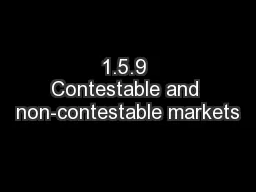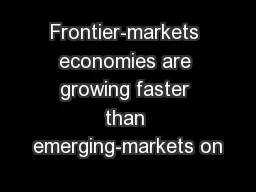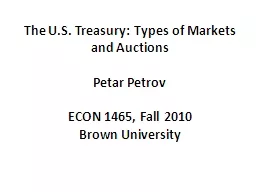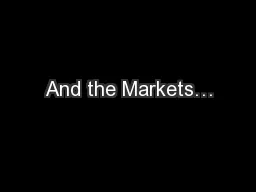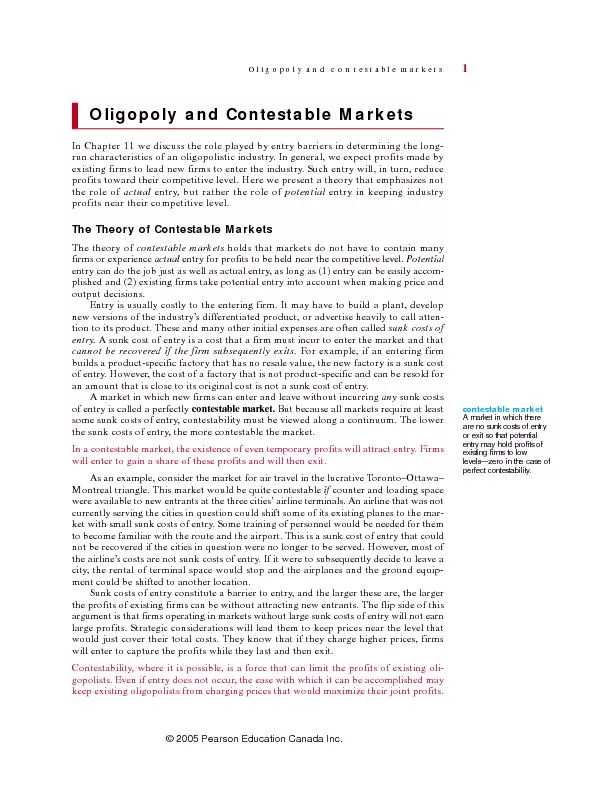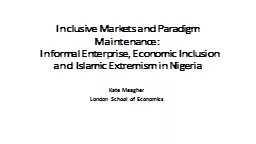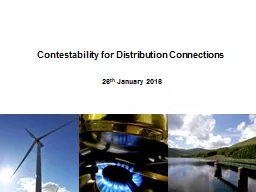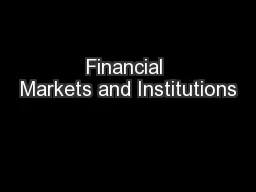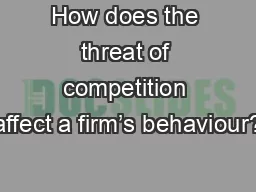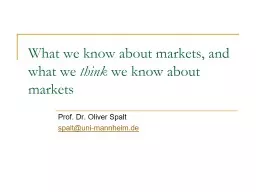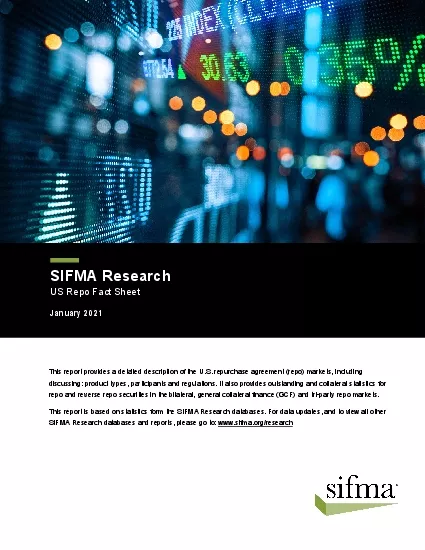PPT-1.5.9 Contestable and non-contestable markets
Author : alexa-scheidler | Published Date : 2017-04-03
Recap What are sunk costs What are barriers to entry Can you name 3 industries where you think it would be virtually impossible for a new firm to enter AQA 15 Perfect
Presentation Embed Code
Download Presentation
Download Presentation The PPT/PDF document "1.5.9 Contestable and non-contestable ma..." is the property of its rightful owner. Permission is granted to download and print the materials on this website for personal, non-commercial use only, and to display it on your personal computer provided you do not modify the materials and that you retain all copyright notices contained in the materials. By downloading content from our website, you accept the terms of this agreement.
1.5.9 Contestable and non-contestable markets: Transcript
Download Rules Of Document
"1.5.9 Contestable and non-contestable markets"The content belongs to its owner. You may download and print it for personal use, without modification, and keep all copyright notices. By downloading, you agree to these terms.
Related Documents

